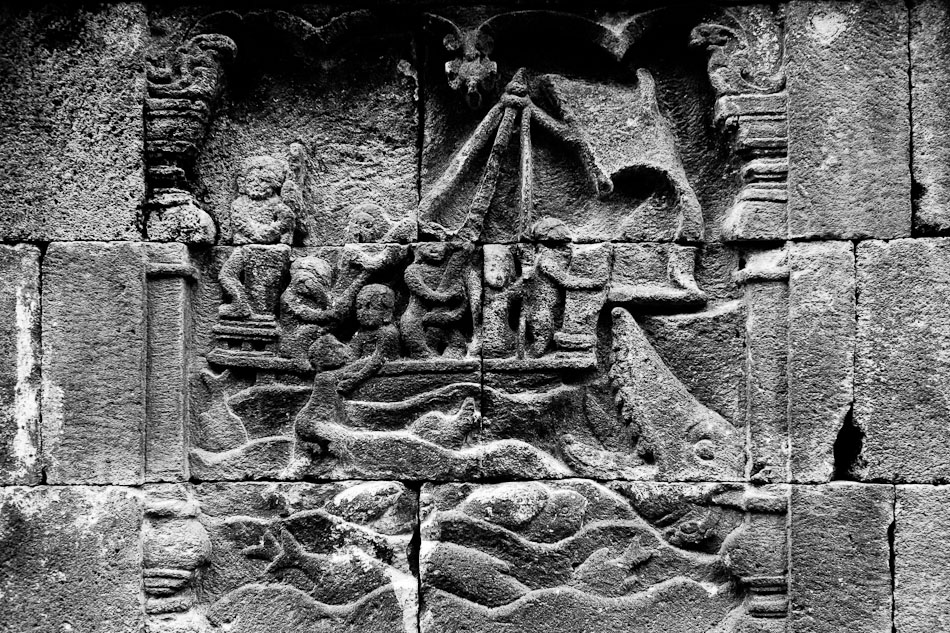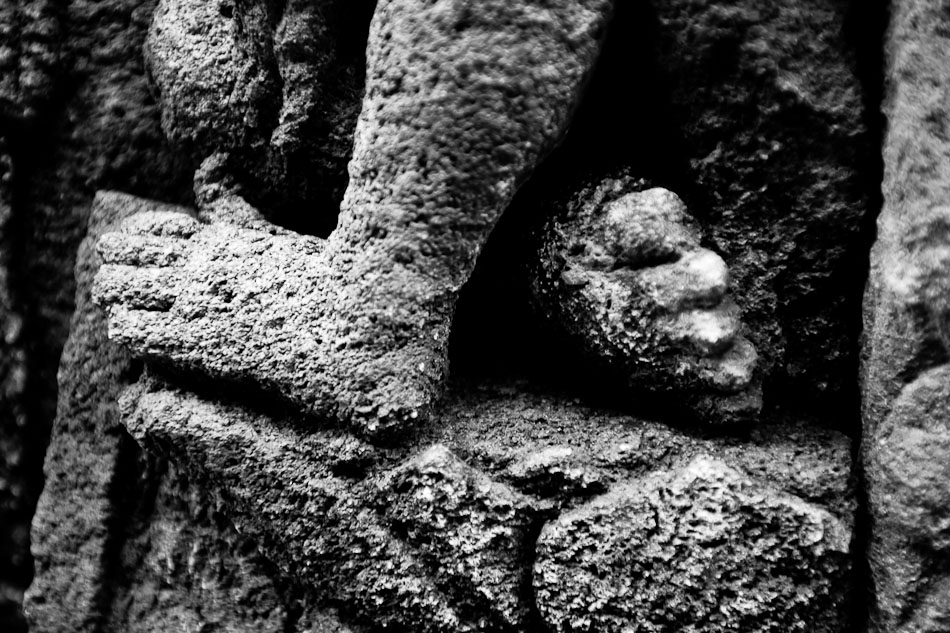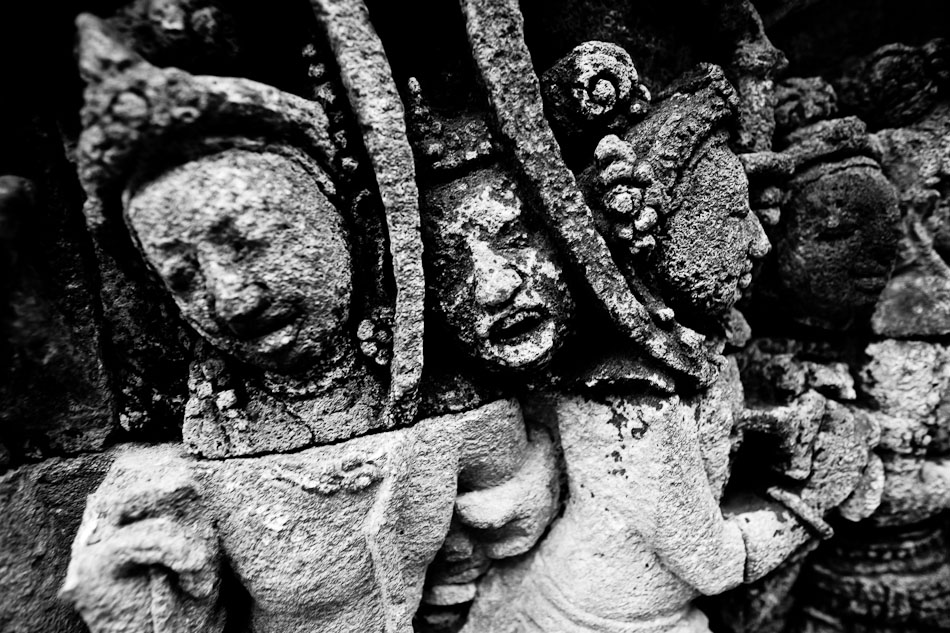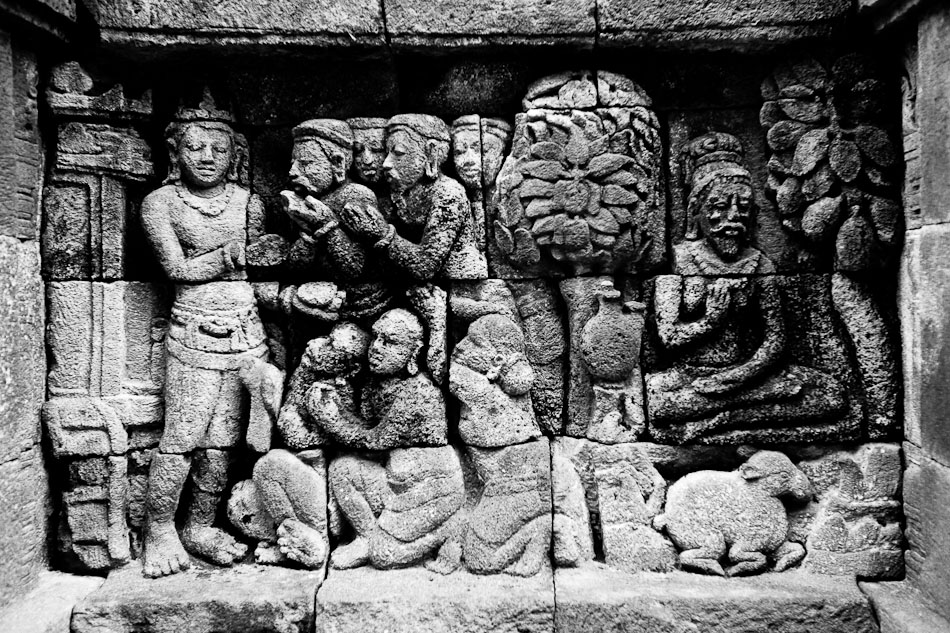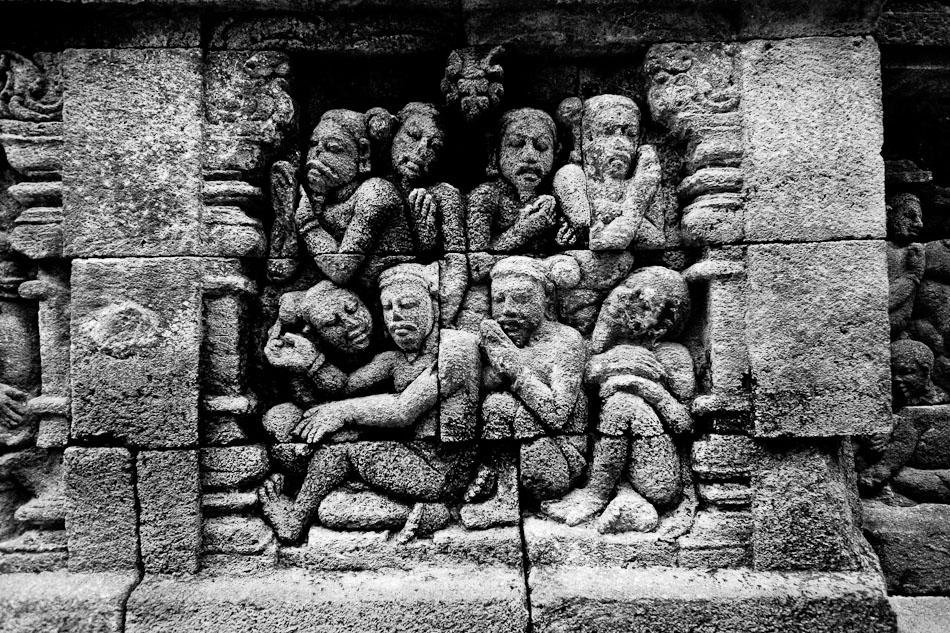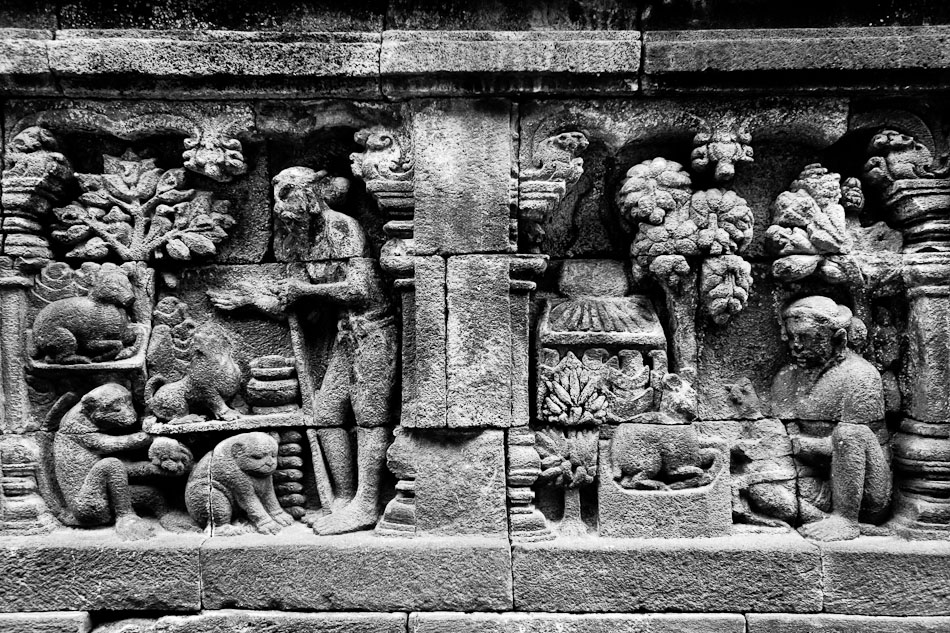Jul 7, 2014 | Clippings, Consumerism, Travel
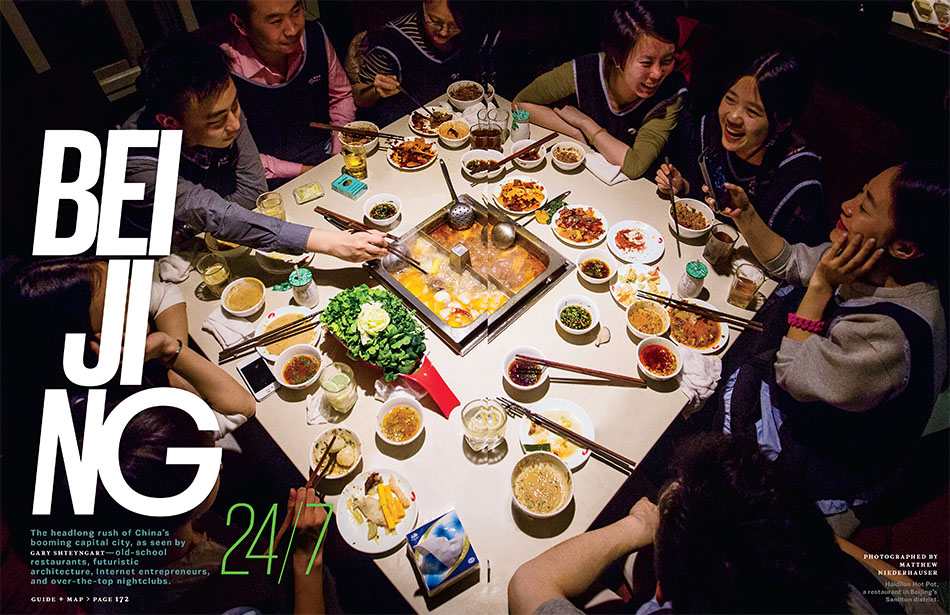
Bejing is a notoriously hard city to pin down. It takes years of patient observation and interaction to start exposing the multifaceted nature of China’s capital. I can’t even begin to describe the number of parachute journalists who dropped in for a few days and unsuccessfully tried to capture the essence of the city. It was therefore a great pleasure to provide the photography for the one writer who got closest, Gary Shtenyngart. The satirical novelist spent a week or so in Beijing and left with quite a grasp of the many paradoxes the city has to offer. Maybe it came from his deadpan Russian roots, but he astutely picked apart the absurdities that make the city such a beguiling place to live. Humor is often the only way to get to the heart of the beast. Read the article here. Well done, sir, well done.
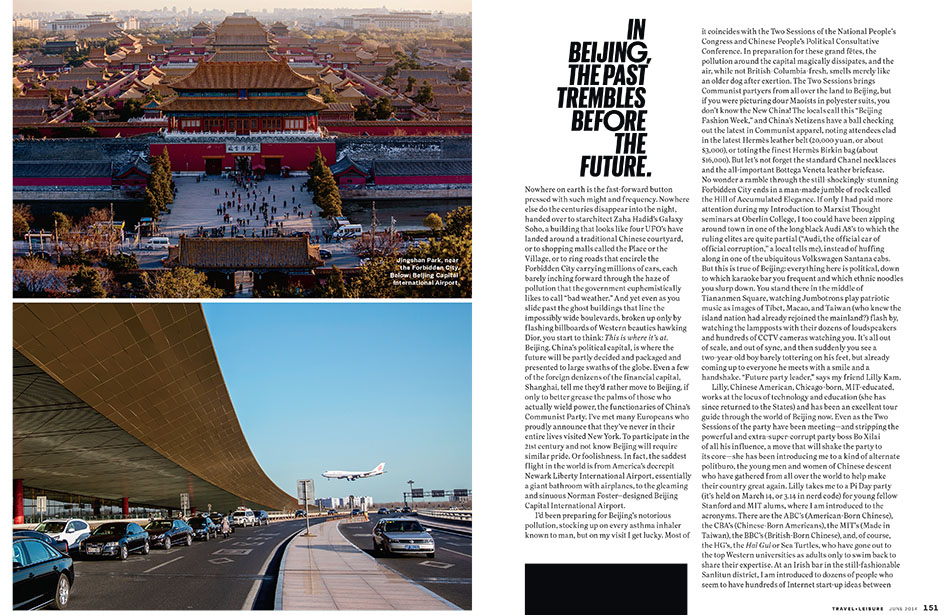
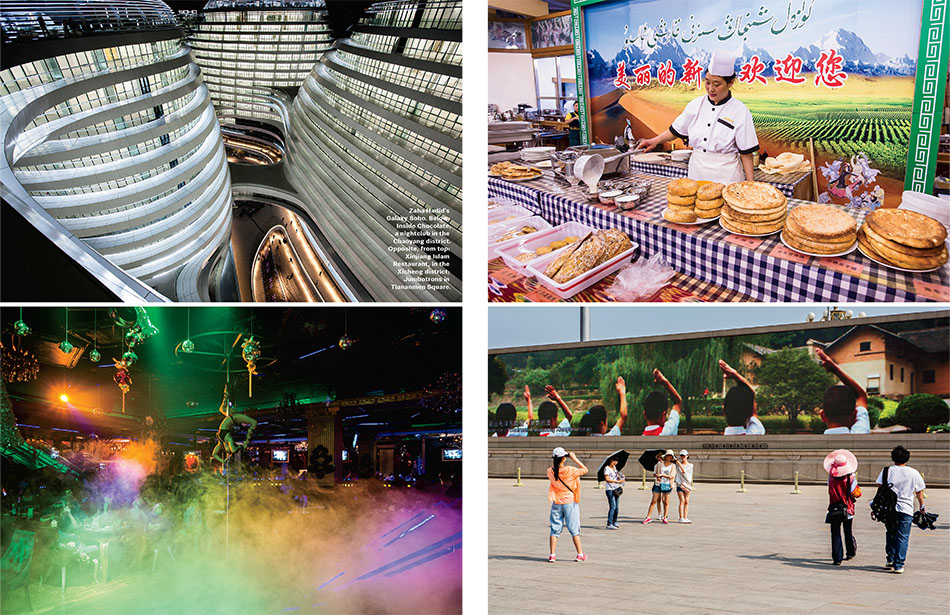
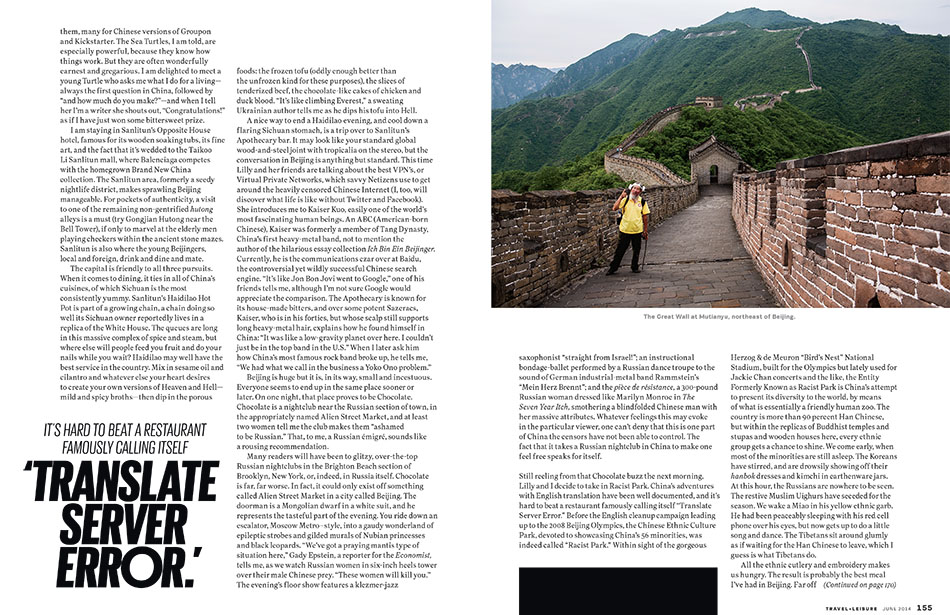
Jan 26, 2012 | Counterfeit Paradises, Society, Travel
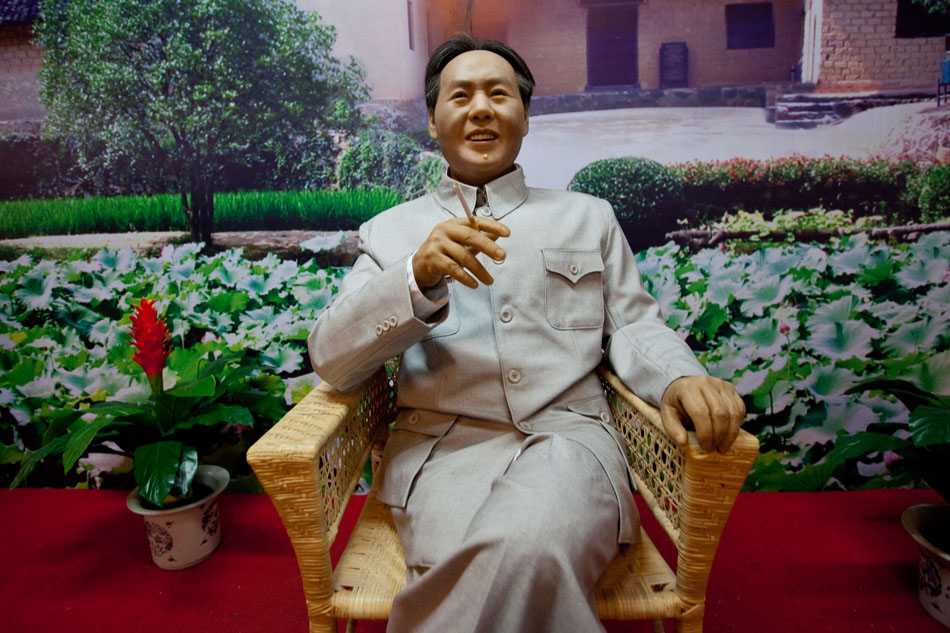
This is the second of a series of posts detailing the bourgeois practices of nouveau-riche, communist-heritage pilgrims who possess expectations and consumer desires that seem at odd with the core ideologies of the founding fathers of the Chinese Revolution. Armed with cash and a new sense of leisure, most of these fledgling tourists first make their way to Shaoshan/韶山, the birthplace of Mao Zedong. A slew of “red” products and trinkets are available around every corner even in the face of sincere reverence for founding Chinese Communist Party leaders that borderlines on idolization. Elderly tourists kowtow to statues of Mao Zedong while company retreats sing “red” songs and pledge oaths. These blind followers make easy prey for egregious tourist traps such as the Shao Yue Palace Maoist Family History Show, where attendants usher punters into Mao Zedong veneration halls, hand out lucky ornaments, ask them to bow to a Mao Zedong statue three times and then try to charge them for the “blessed” ornaments. Some estimate the value of the entire “red” industry at $1.5 billion dollars and Mao Zedong’s hometown is at the epicenter. Also check out the last post in the series on “The Defense of Yan’an” reenactment.
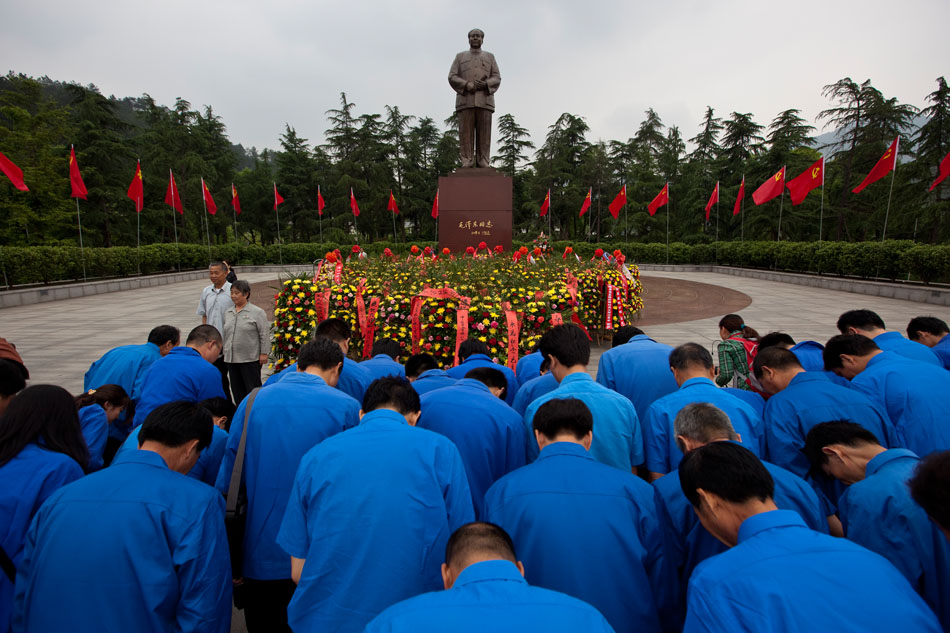
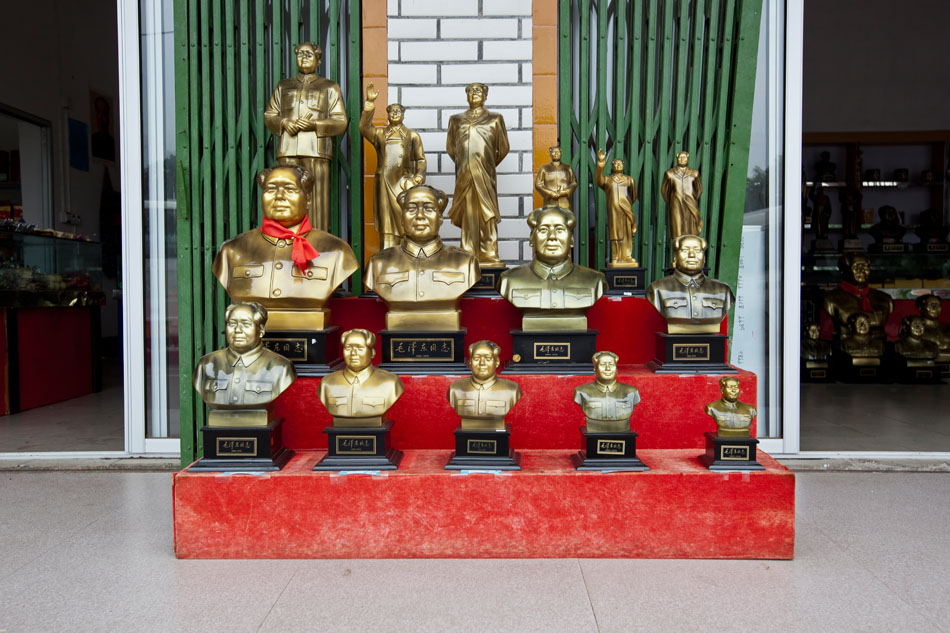
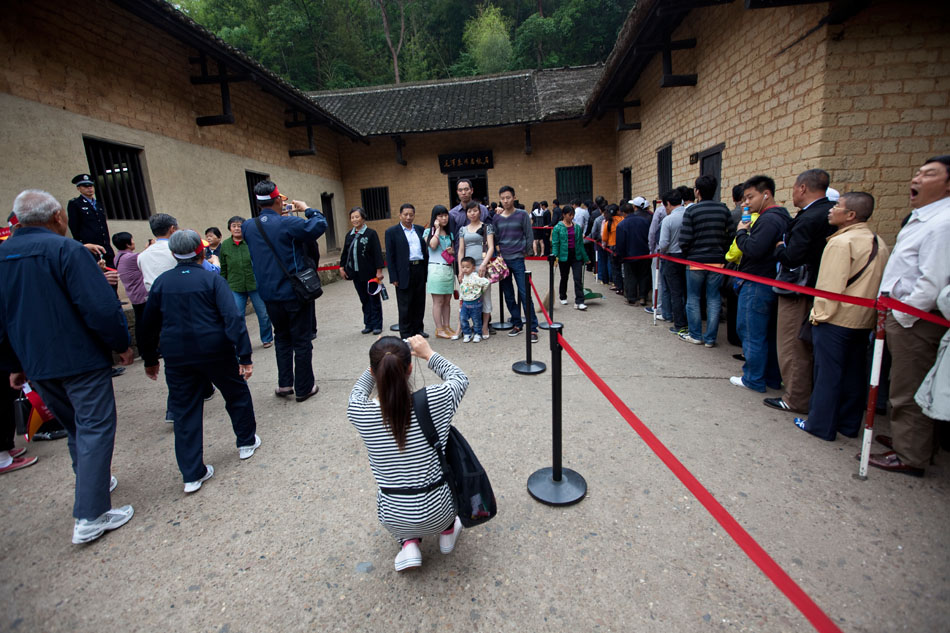
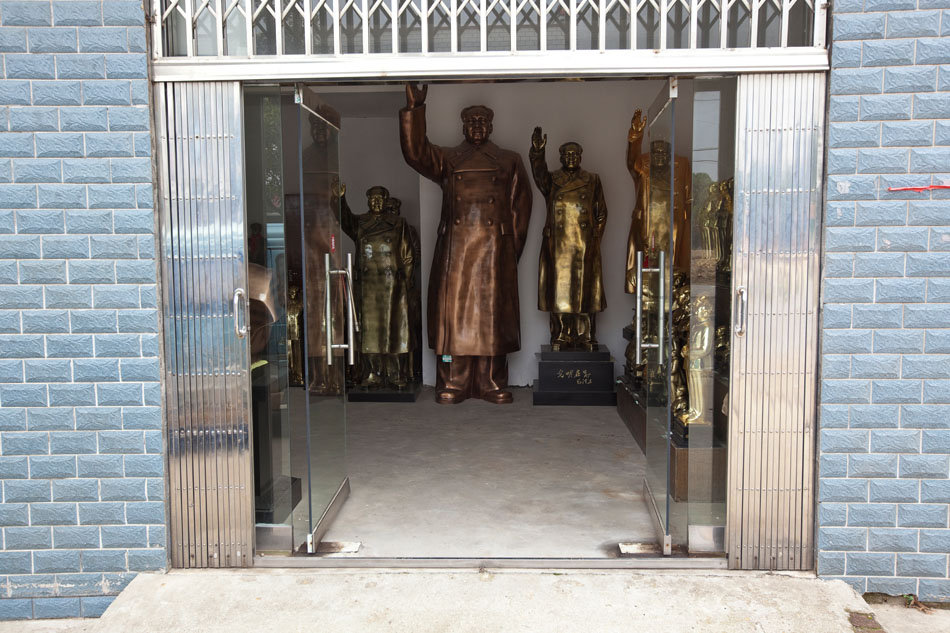

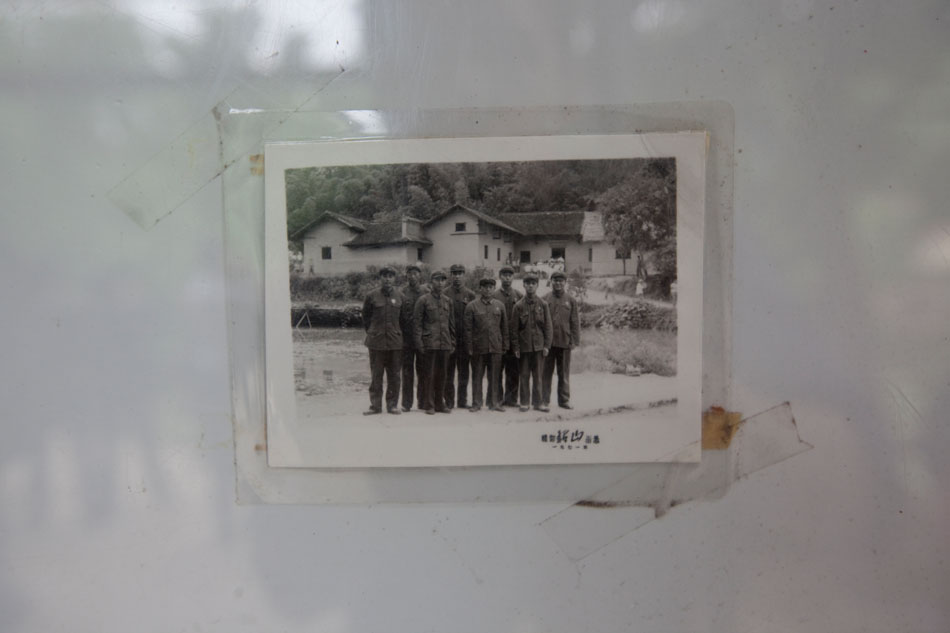
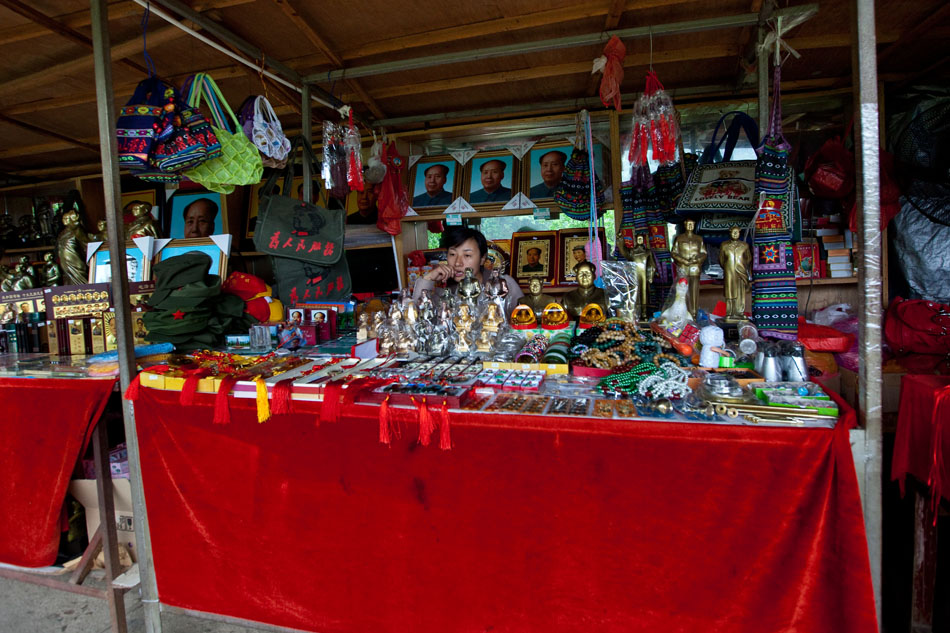
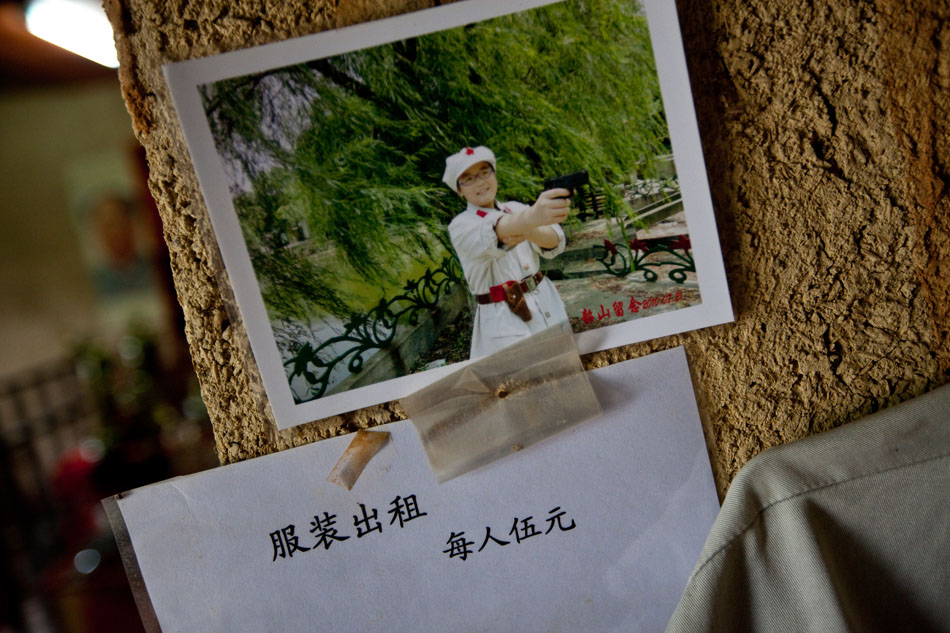
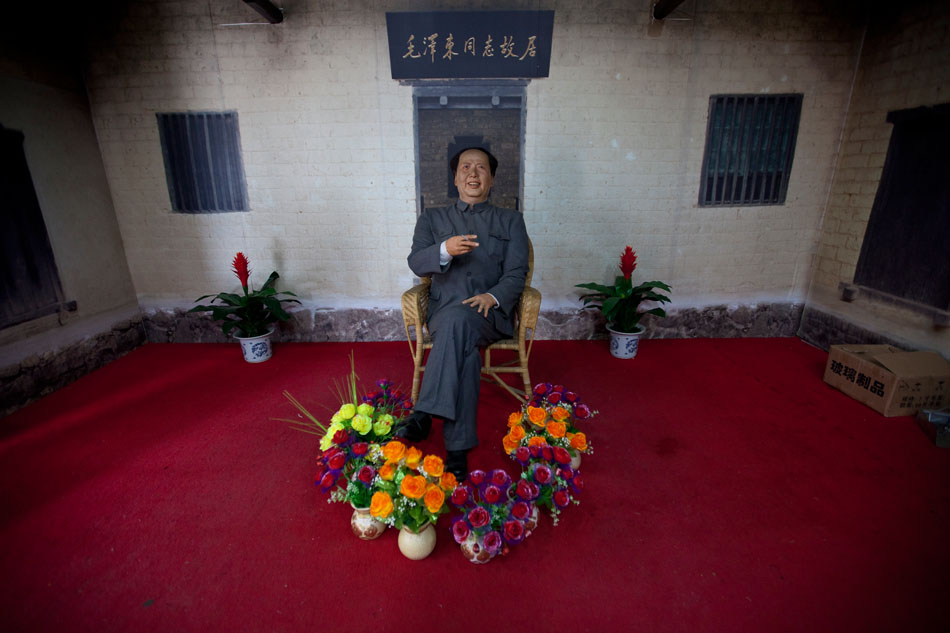
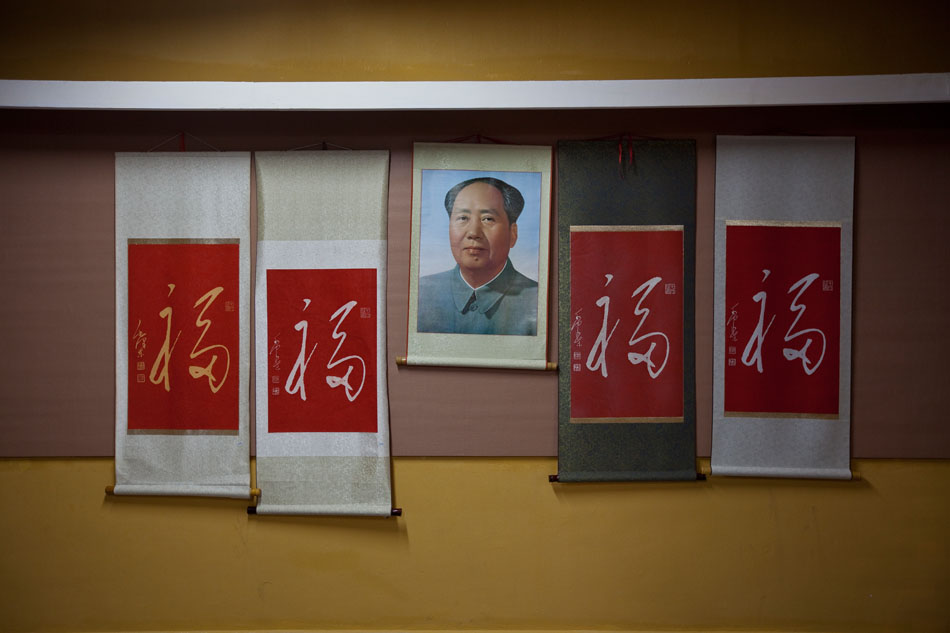
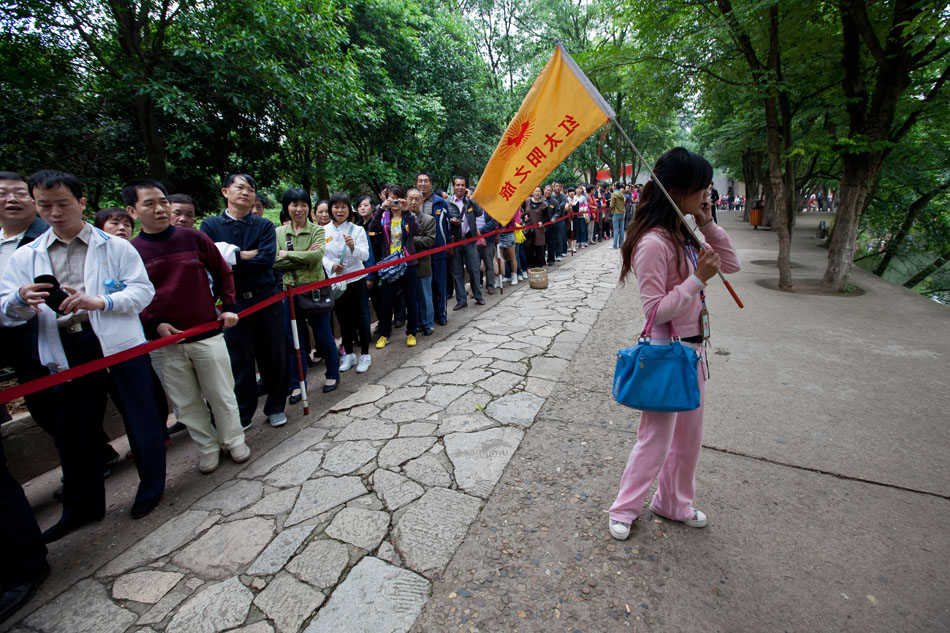
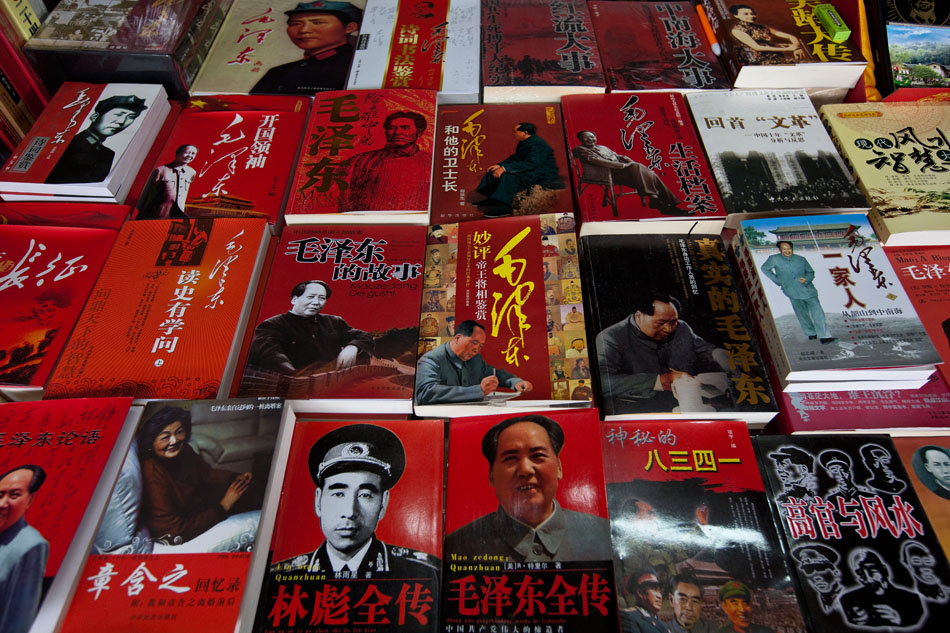
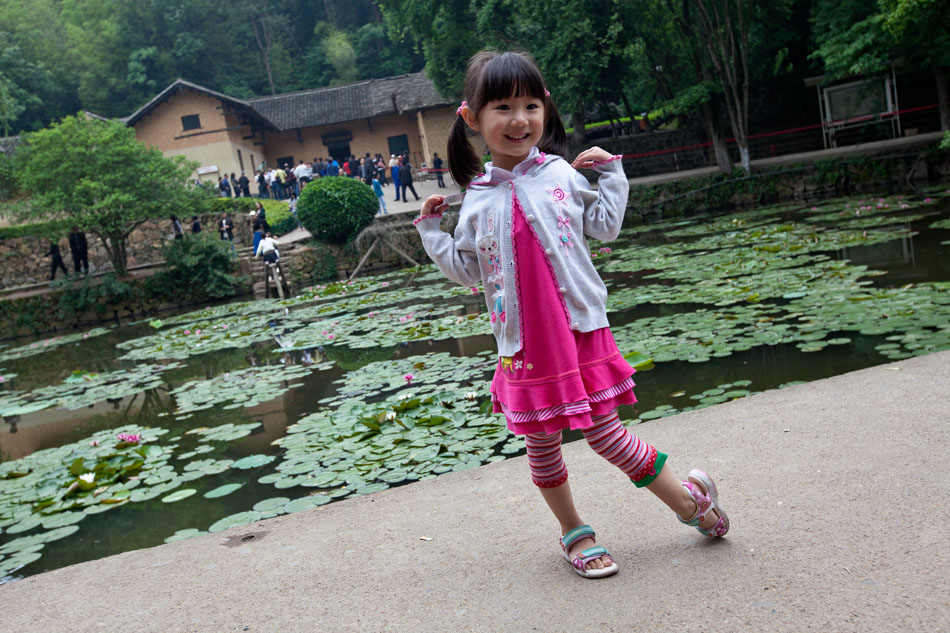
Sep 16, 2011 | Counterfeit Paradises, Society, Travel
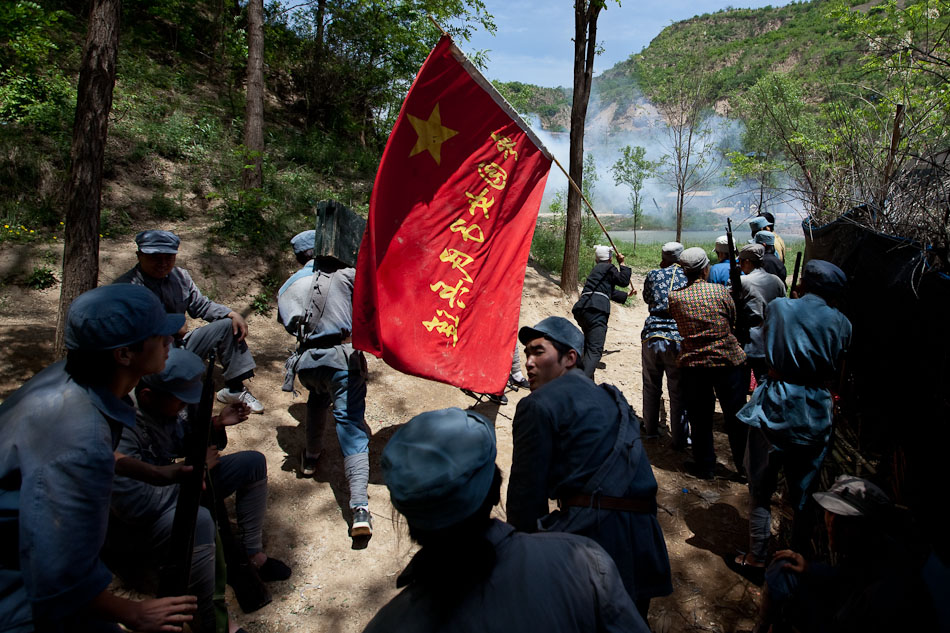
As the Chinese Communist Party celebrates it’s 90th anniversary this year, nationalistic tourists are flocking in droves to communist heritage sites across China. Shaoshan, the birthplace of Mao Zedong, and Yan’an, the cradle of the Chinese Revolution where the Long March ended, now cater to millions of tourists every year. This is going to be the first of a series of posts detailing the bourgeois leisure practices of these nouveau riche pilgrims who possess expectations and consumer desires that seem at odd with the core ideologies of the founding fathers of the Chinese Revolution. The most elaborate attraction in the country is the extremely popular “The Defense of Yan’an” battle reenactment. This spectacle became all the rage thanks to a special twist: for an extra fee observers can don soldier fatigues and participate in the fray. Not only can you observe a pseudo-historical reenactment that spends an inordinate amount of time praising the leadership of Mao, vilifying the KMT and demonstrating the harmonious integration of Shaanxi folk life with communist principles, but you can also tote around guns, get close to the explosions and run wildly around a makeshift village in the name of celebrating revolutionary heritage. The theater of history plays out every afternoon with extra matinees on weekends.

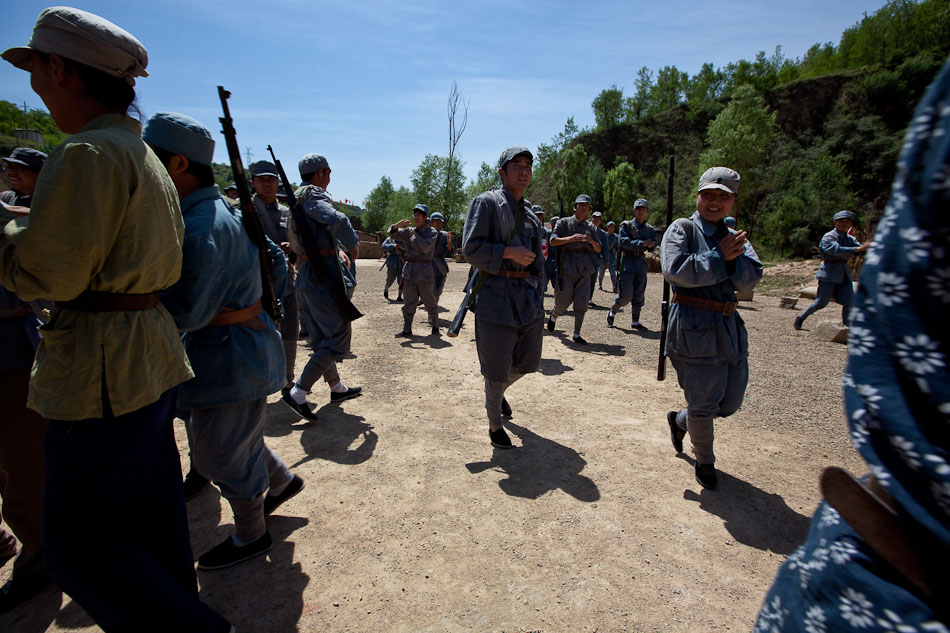
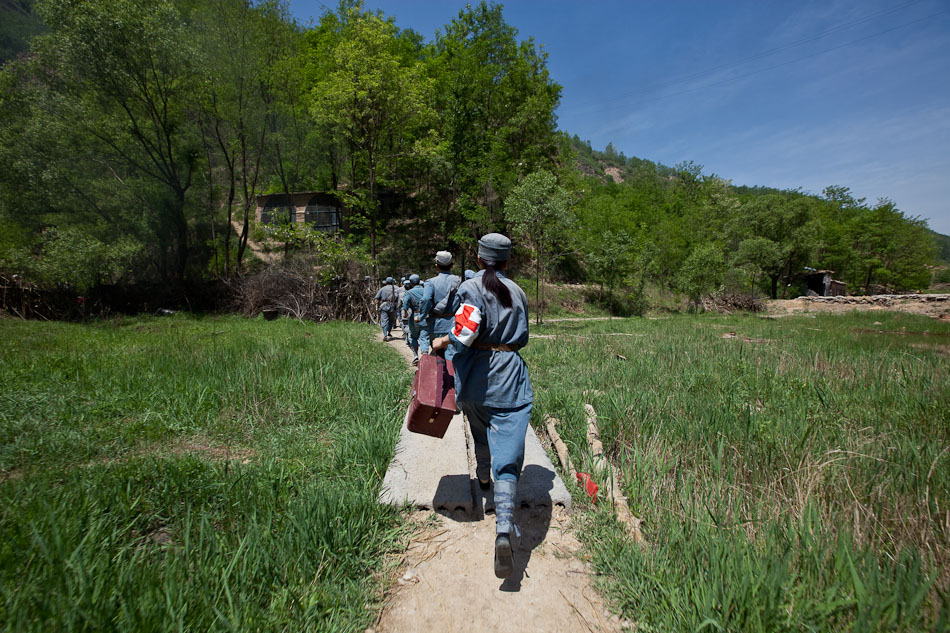
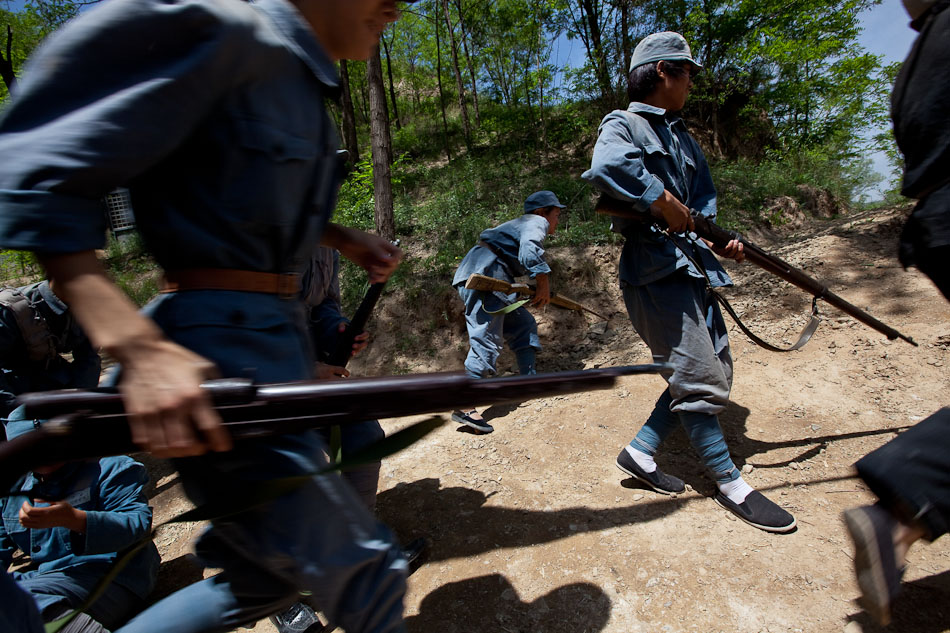

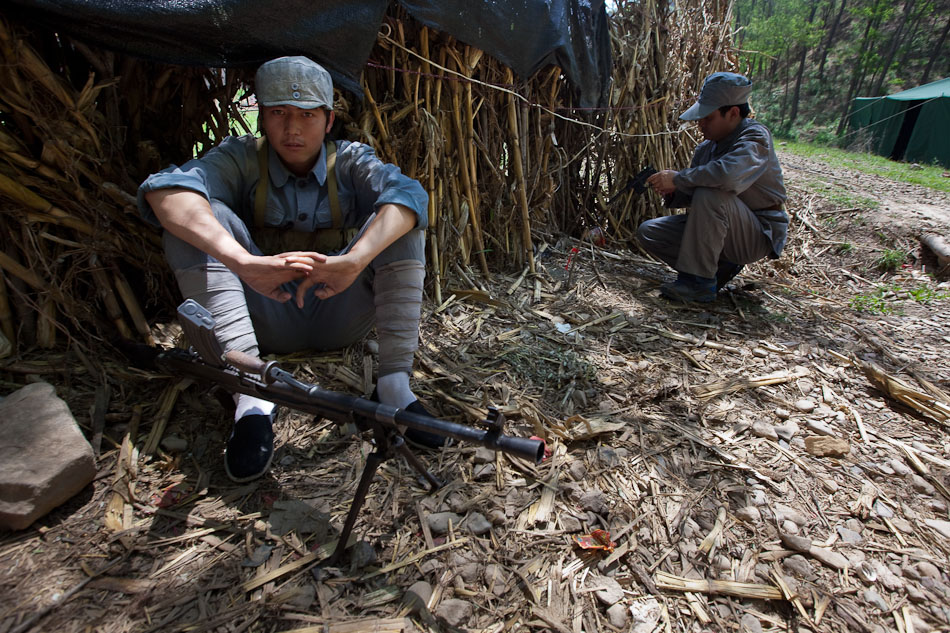
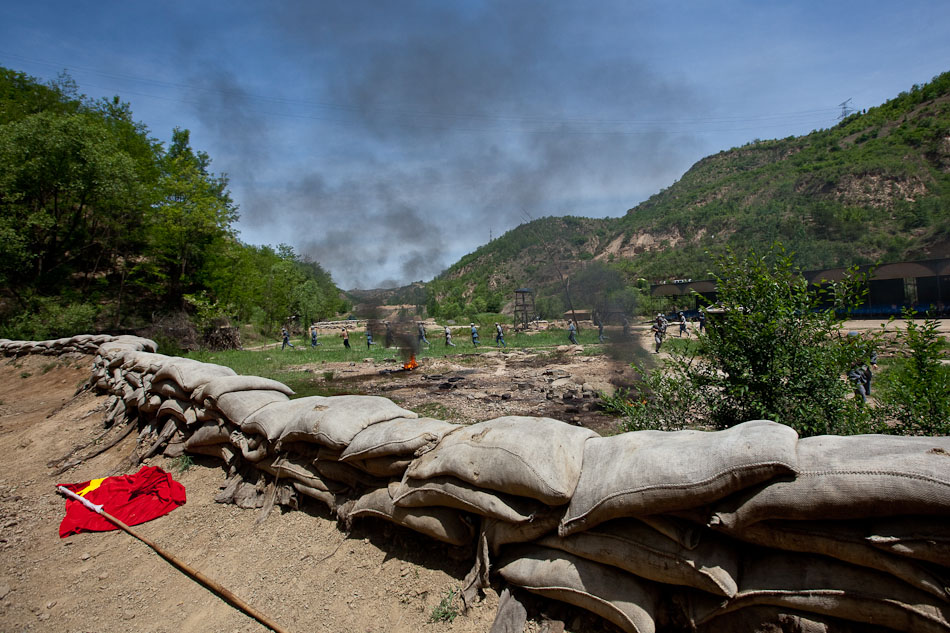



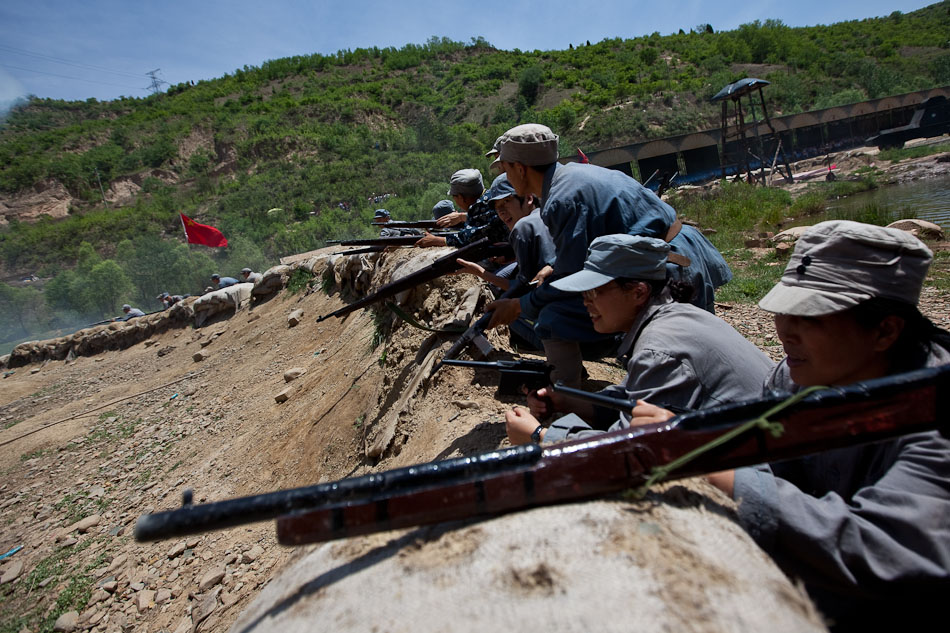
May 5, 2011 | Music, Travel, Youth
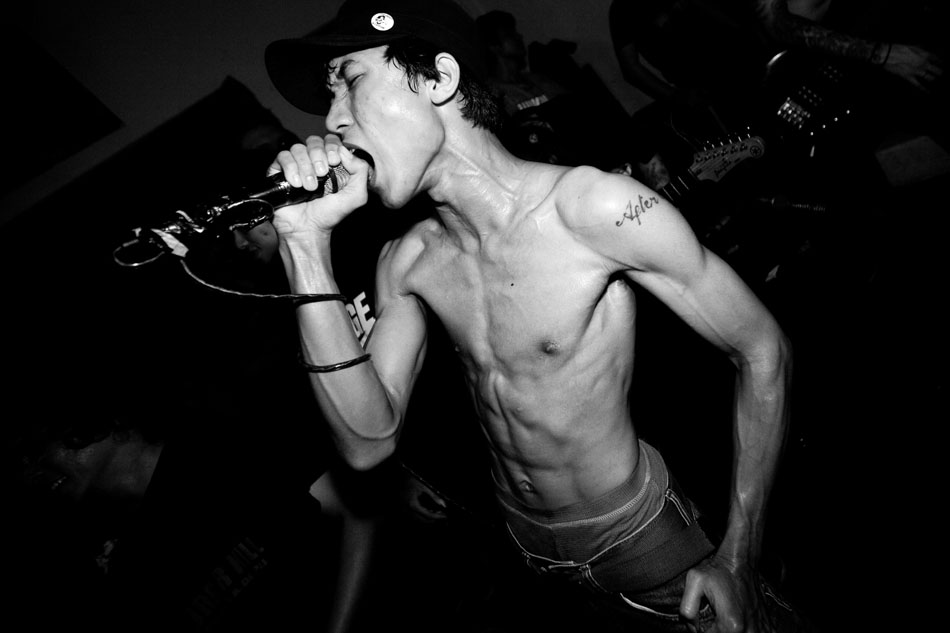
Indonesian hardcore is back. A growing number of youth, disaffected by high rates of unemployment and conservative social mores, are returning to hardcore musical roots that first emerged in Java during the early nineties. Looking to blow off steam and build an alternative community that doesn’t bow to sponsors or mainstream media restrictions, these teenagers like the tempo loud, strong and fast. By employing DIY tactics on the Internet and through mobile phones, they continue to establish larger networks of peers and fellow outsiders. The swelling ranks of Indonesian hardcore fans now organize shows in abandoned houses, art centers and empty storefronts across the country. These communal affairs, put on purely for the sake of the music, often showcase up to twenty bands playing short, fiery sets of hardcore music as well as other outlying subgenres of metal and punk. The mosh pits may appear violent but fighting is not tolerated and after the shows most fans hang around and enjoy the camaraderie of their peers. The hardcore community in Java promotes tolerance and diversity and also continues to redefine the role of women in the largest Muslim nation on the planet. Check out the video below for a more detailed look into the Indonesian hardcore scene on Java.
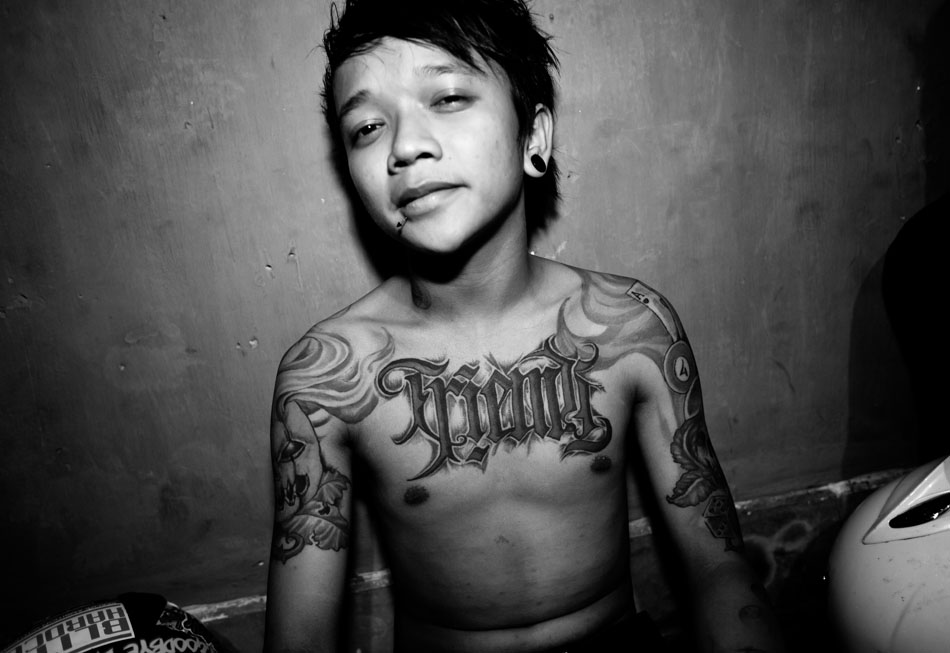
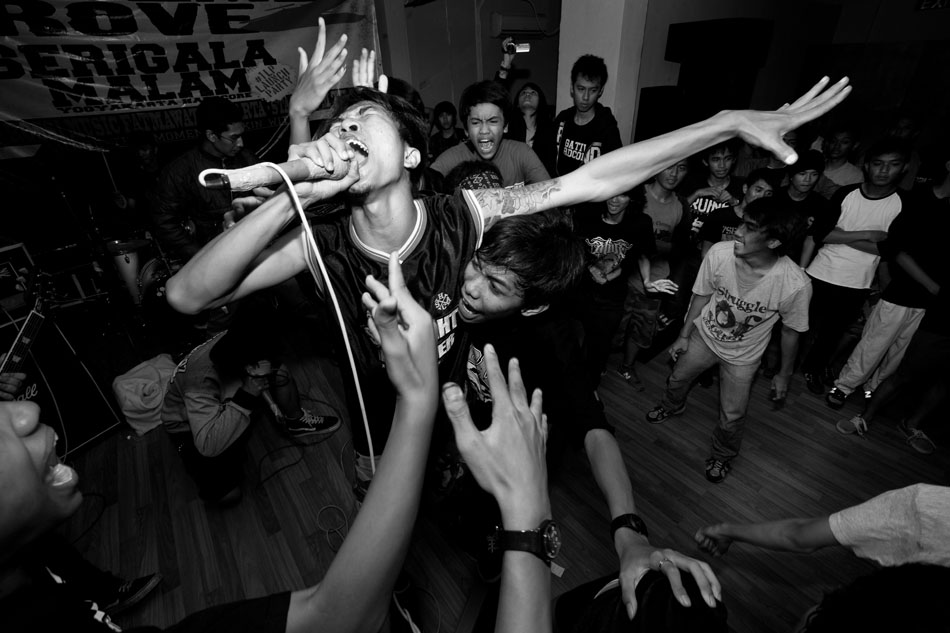
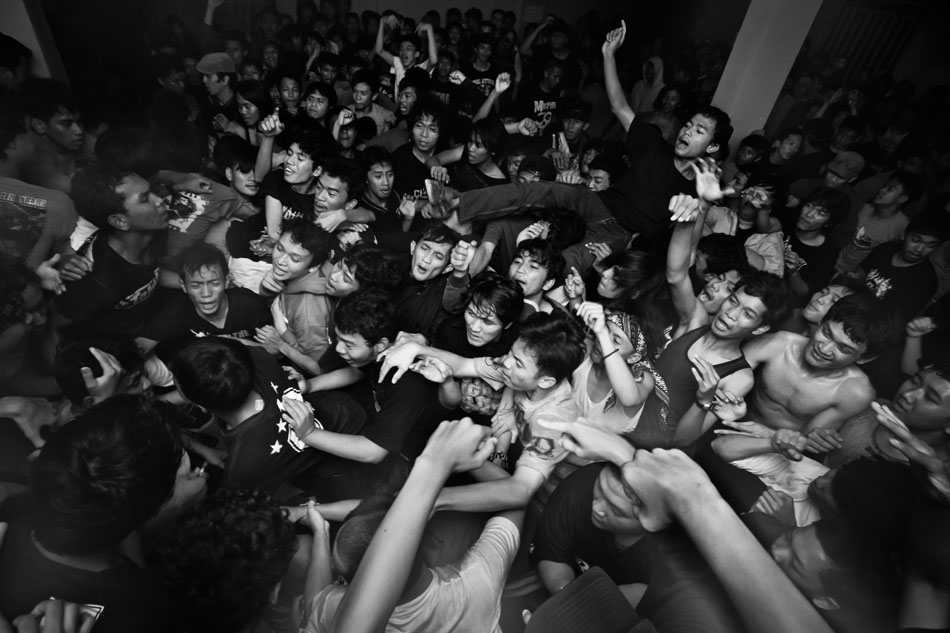

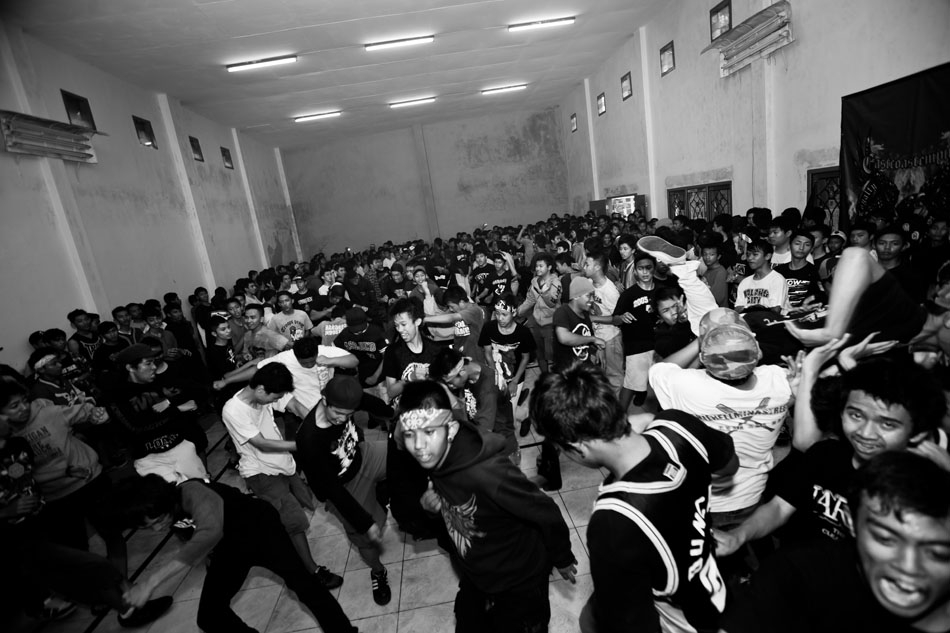
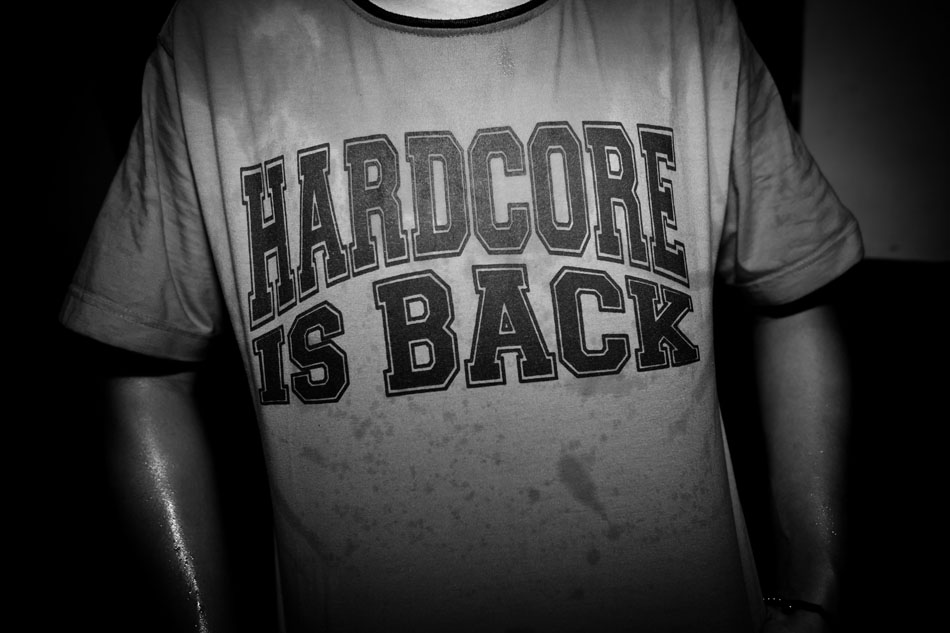
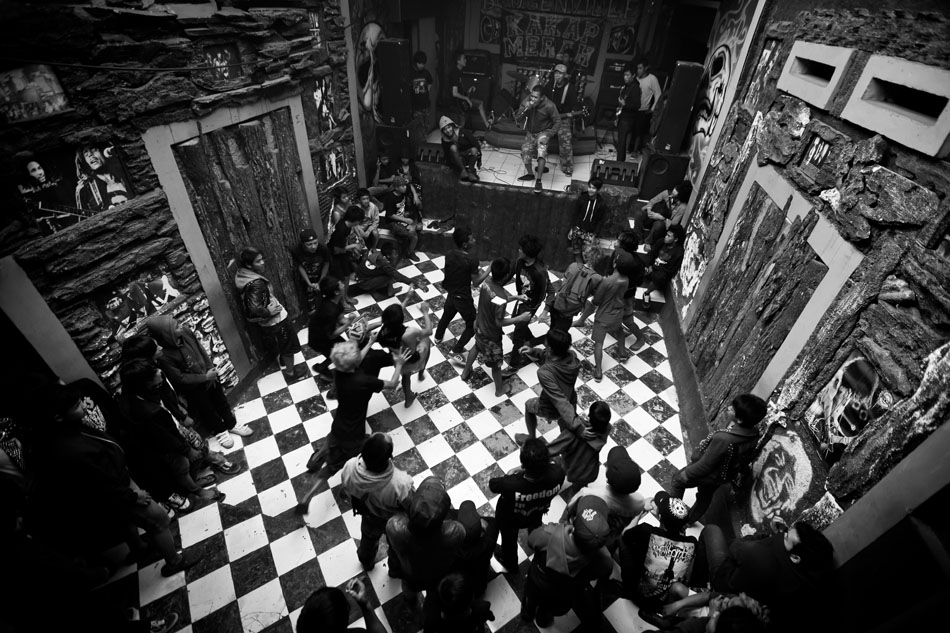
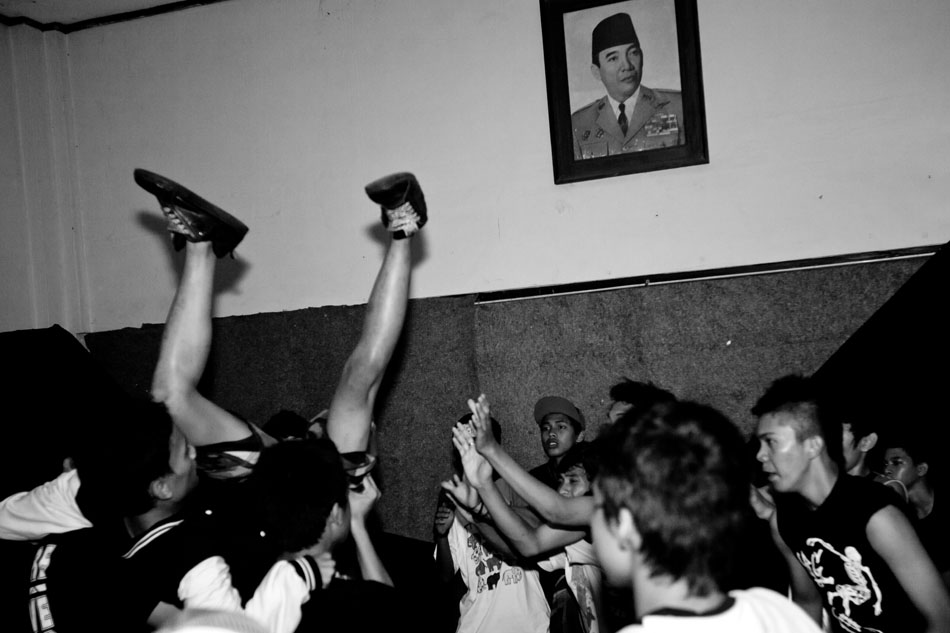
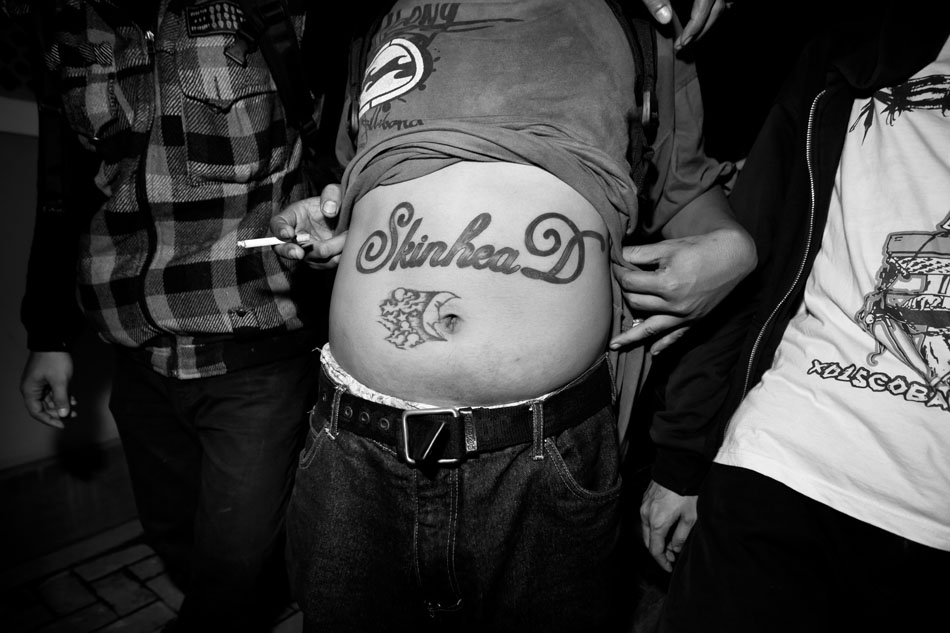
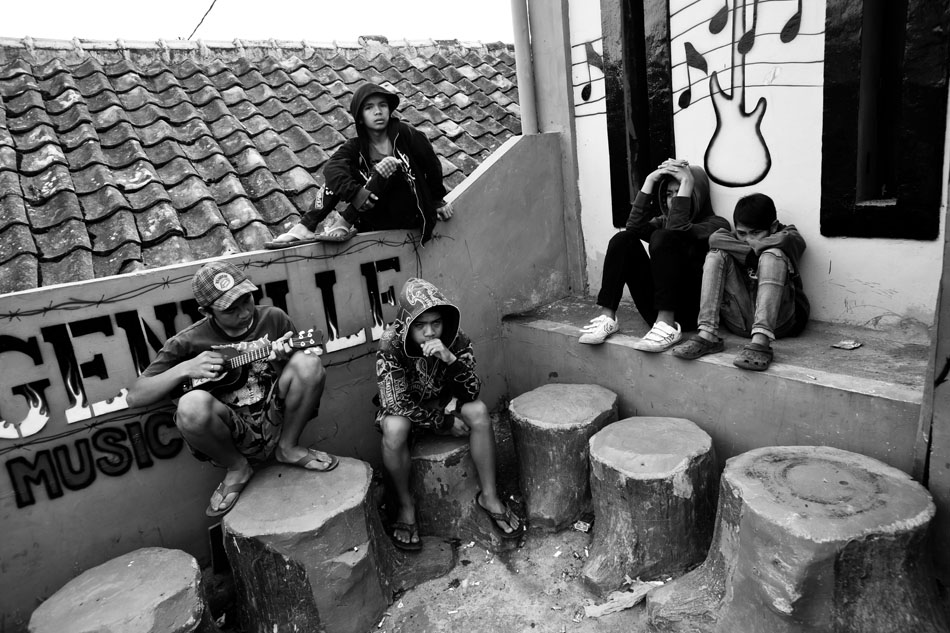
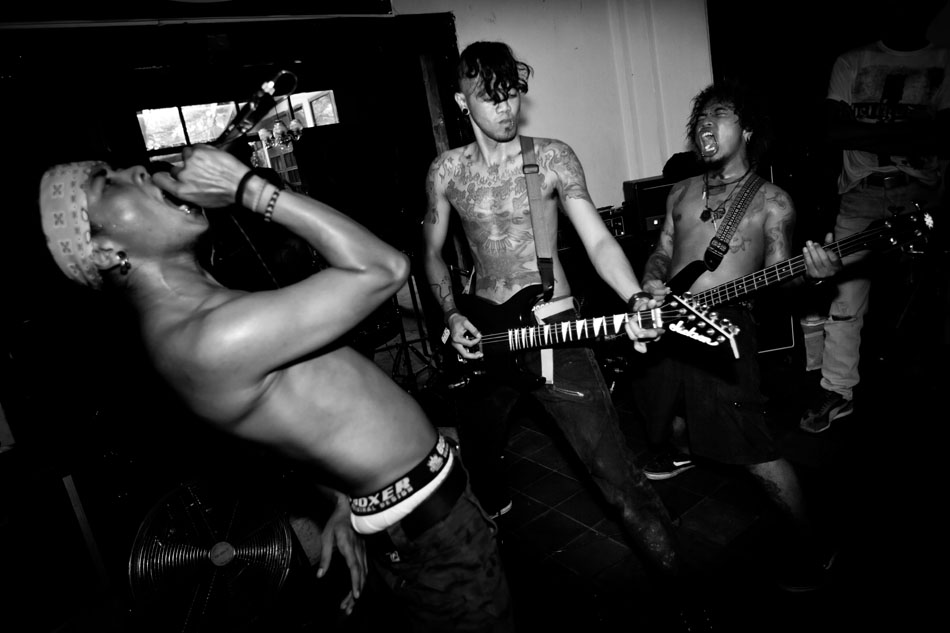

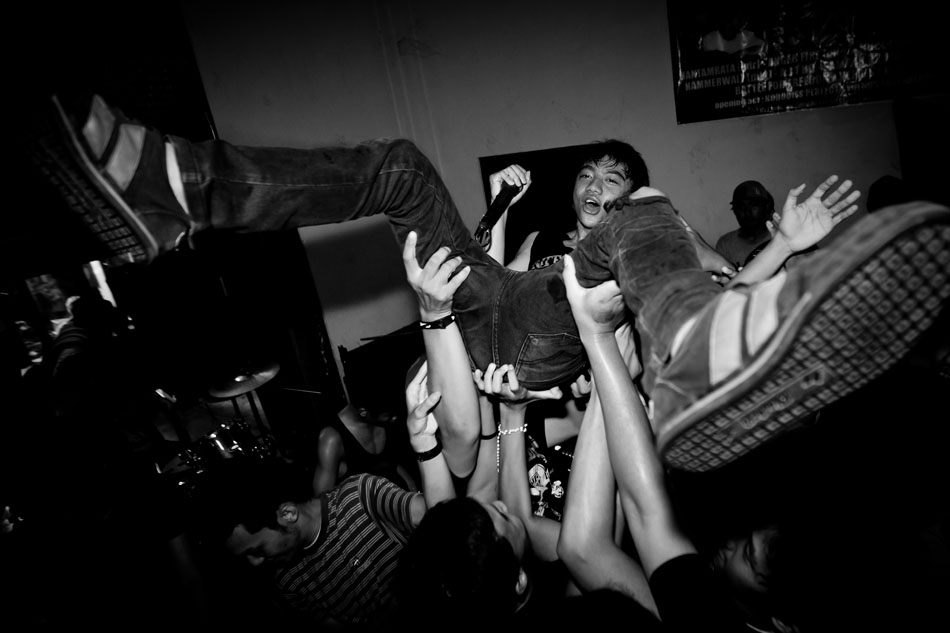
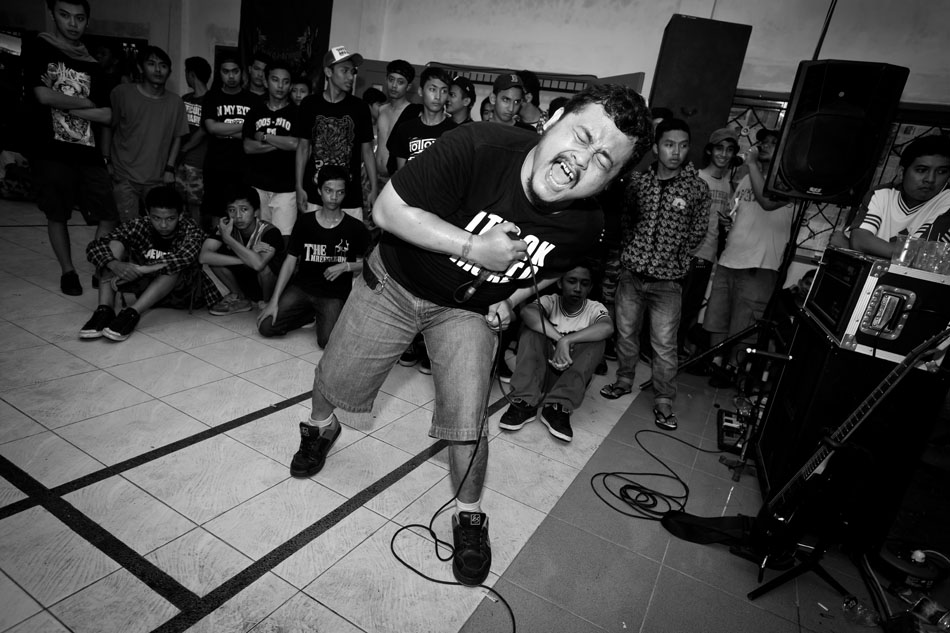
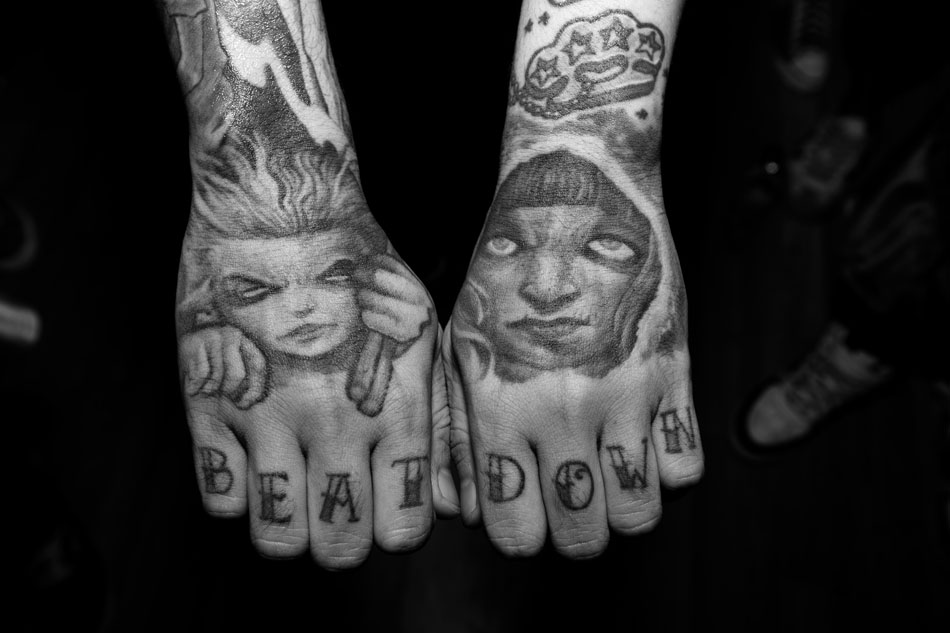

Apr 29, 2011 | Travel
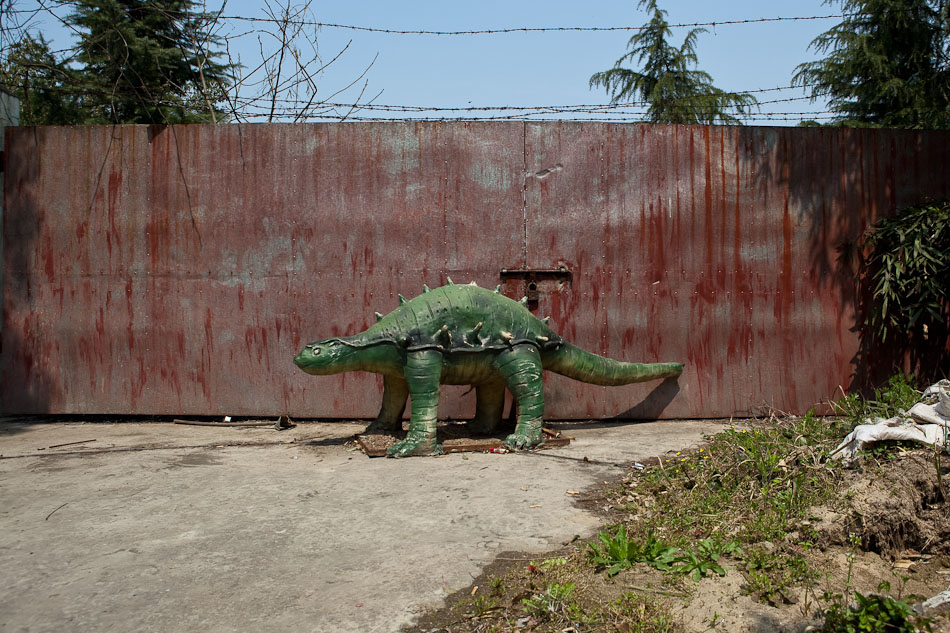
Last month I visited Tianducheng outside of Hangzhou to continue work on my Counterfeit Paradises project (see Happy Magic Water Park, New South China Mall and Windows on the World). The French-themed residential development was absurd to say the least – a feature on it is forthcoming. The highlight of the trip for me, however, was not the knockoff Eiffel Tower surrounded by megablocks. I found something else. If you were not aware, you should know now: dinosaurs are AWESOME. I have loved them since I was kid which also coincided with my obsession with Calvin and Hobbes (see Tyrannosaurus Rex in F-14). While photographing the exceptional Roman Theatre in the village theme park attached to Tianducheng, I decided to check out the backstage. What did I eventually stumble upon? A fake dinosaur graveyard, obviously. I mean, what else could you expect from such a place? I subsequently freaked out for about an hour and took hundreds of photos of course. Enjoy…
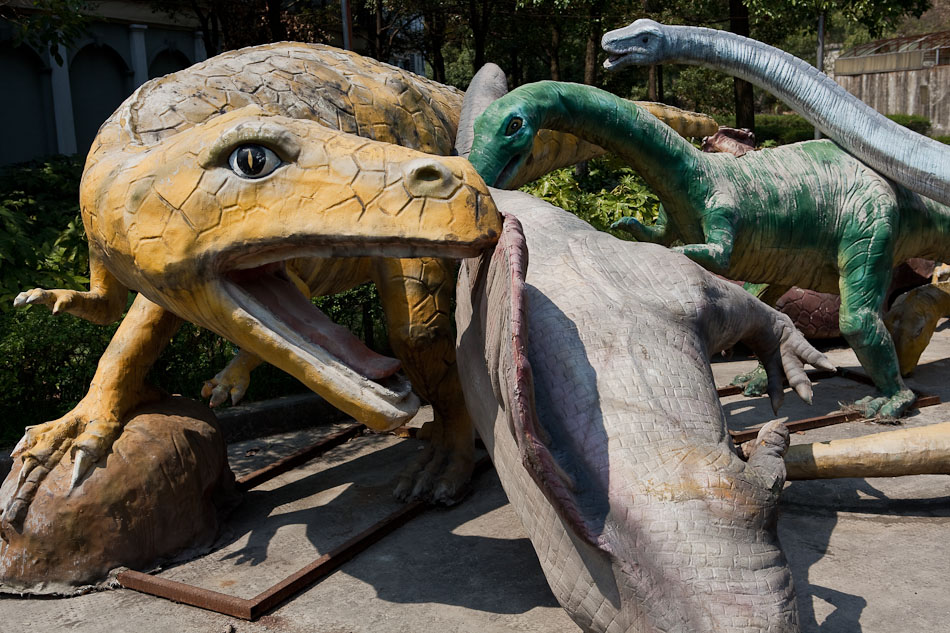

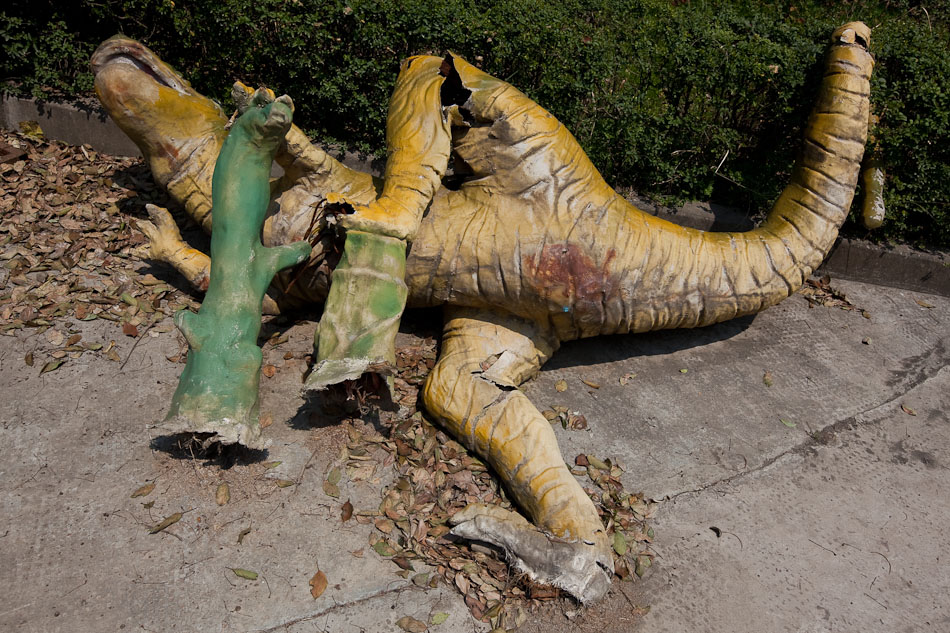
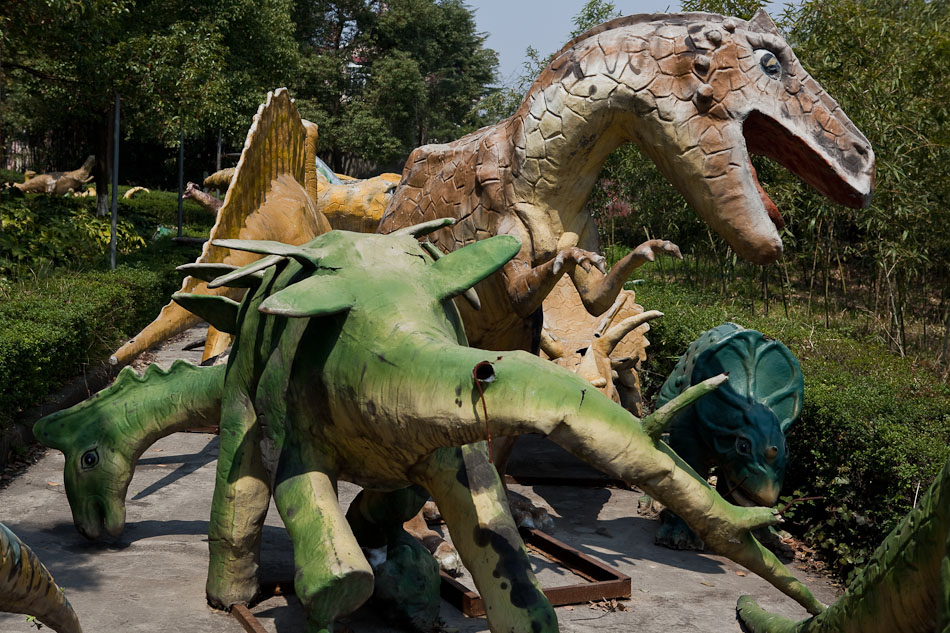

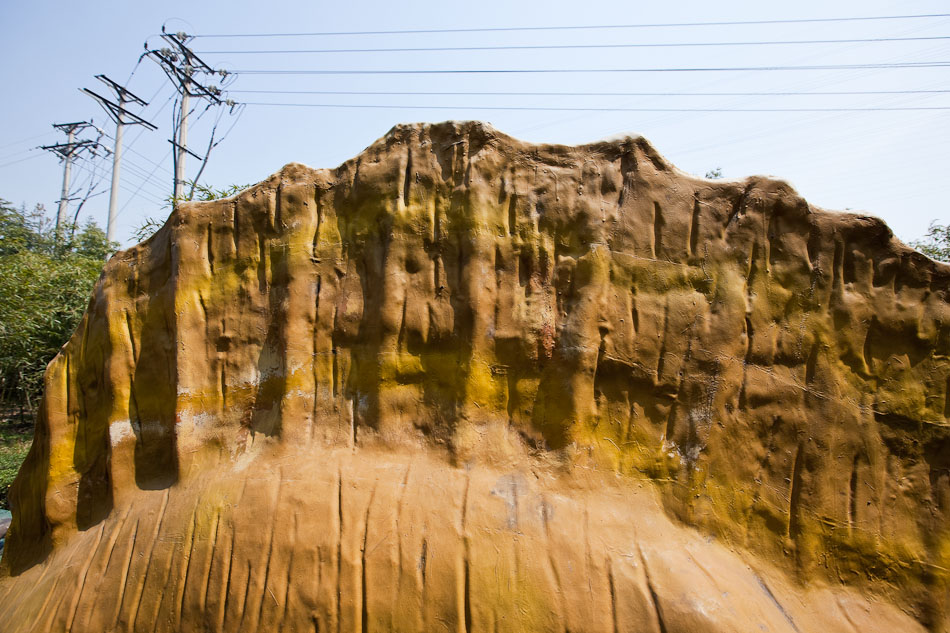
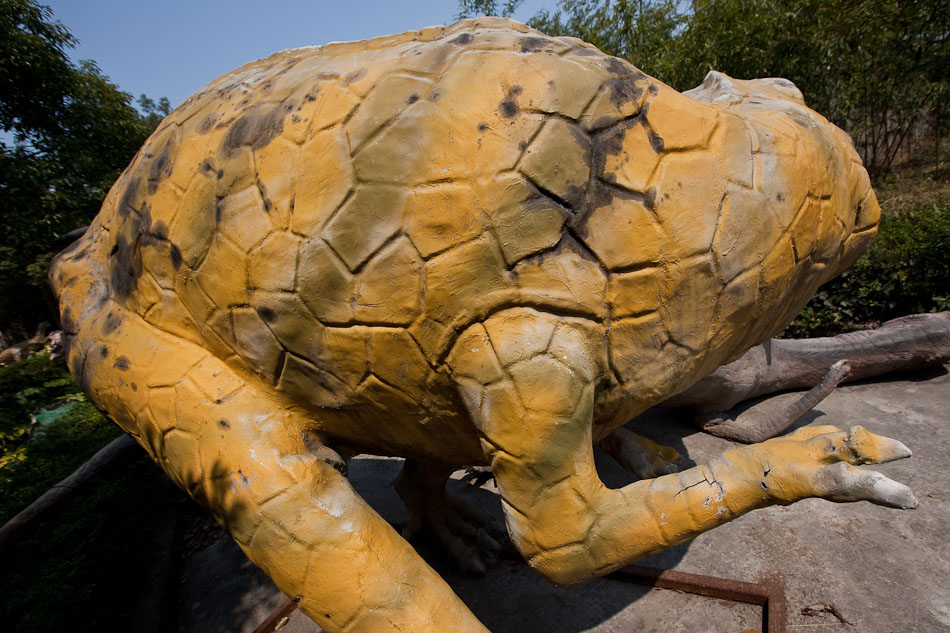
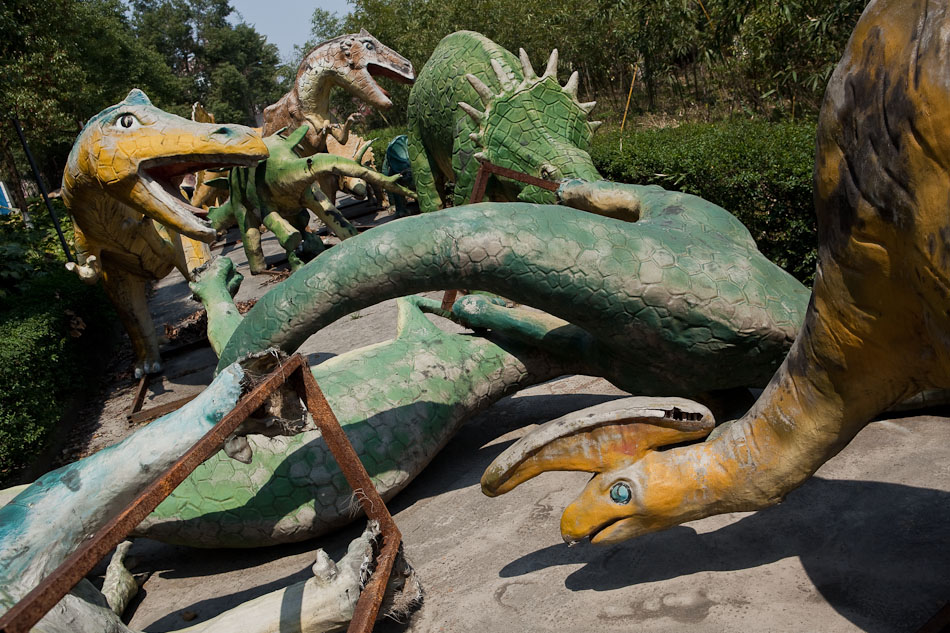
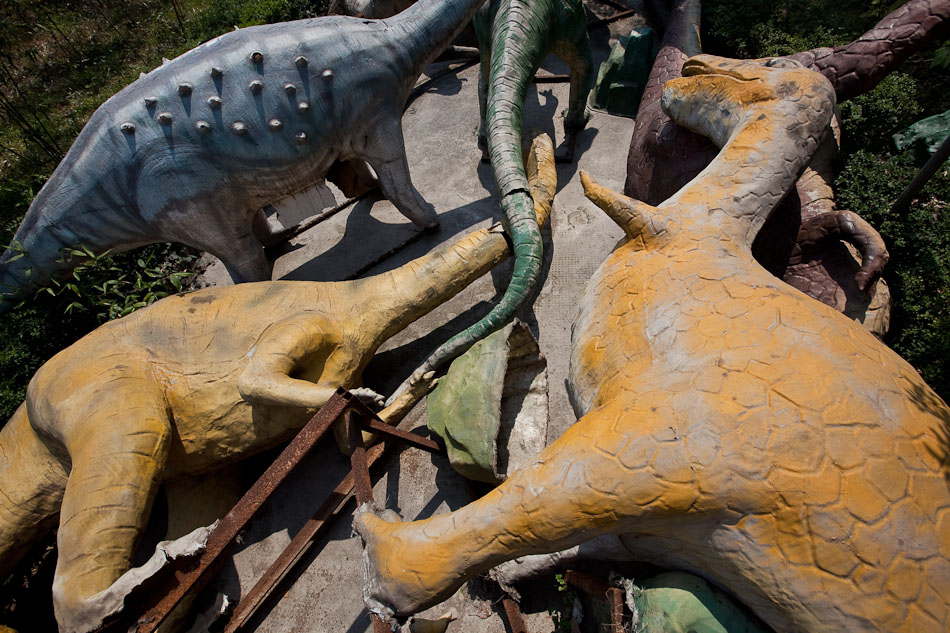

Apr 8, 2011 | Art, Travel
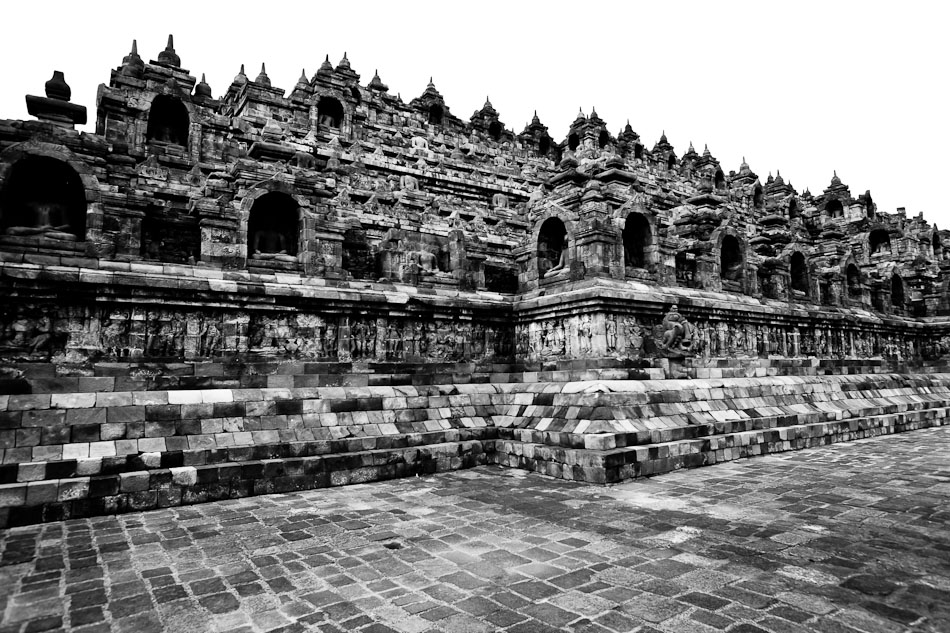
My trip to Indonesia in February was not all hardcore concerts and overnight buses. I was fortunate enough to take a day or two off from touring to check out some of the country’s cultural splendor. For years I wanted to visit the 9th-century Buddhist monument, Borobudur. Over the past decade I have been able to photograph most of the great Buddhist archeological sites in China, Mongolia, Nepal, India, Bhutan, Burma, Thailand, Laos and Cambodia. Borobudur surely ranks as one of the most celebrated and lived up to many of my expectations, even if it did not quite match the scale of Angkor Wat or Bagan. Still, the massive pile easily exhibits some of the greatest relief sculpture in Southeast Asia. The 2,672 panels that wind their way to the top stupa intricately depict mythological stories as well as scenes from daily life. It is not often you get the chance to peer back one thousand years into the milieu of an ancient civilization. Check out some of the pictures below to see the depth and detail of their work. They were truly exquisite.



